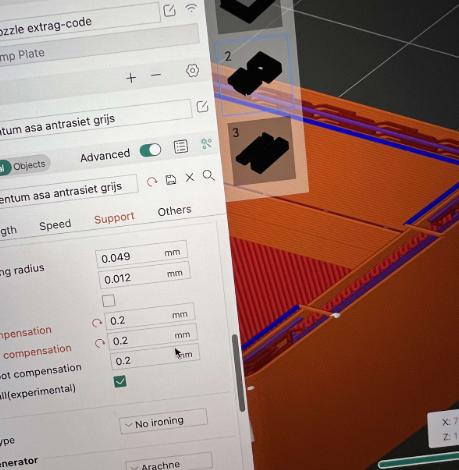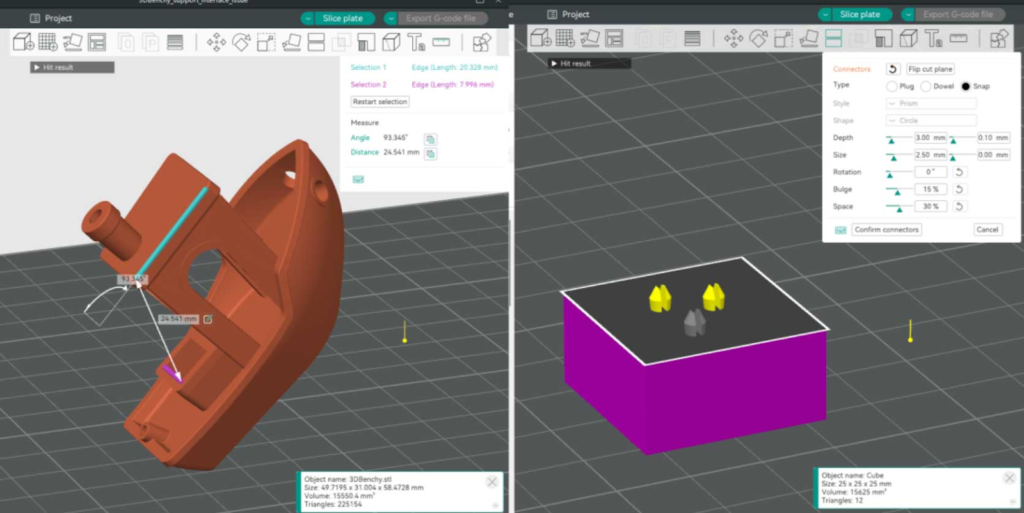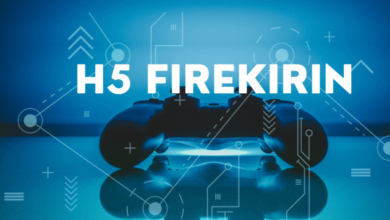Orca vs Bambu Slicer: Complete 2025 Comparison Guide for 3D Printing Excellence

The Orca slicer vs Bambu Slicer debate is one of the hottest topics in the 3D printing world right now. Every day, thousands of makers, hobbyists, and even professionals use these two popular slicers to prepare their 3D models for printing. Your slicer is just as important as your 3D printer. The right software can make your prints stronger, faster, and higher quality, while the wrong one can cause failed prints and wasted filament.
Both Orca Slicer and Bambu Studio started with the same core code, but over time, they have grown into two very different tools. Each one has unique features, strengths, and weaknesses. Choosing between them depends on what type of printer you have, how much control you want over your print settings, and whether you prefer simplicity or advanced customization.
In this guide, we’ll compare Orca Slicer vs Bambu Studio in detail, covering features, speed, quality, compatibility, and more, so you can make the best choice for your 3D printing journey in 2025.
What Are 3D Printing Slicers?
A 3D printing slicer is software that takes a digital 3D model and “slices” it into thin layers. These slices are then turned into G-code, which is a set of instructions your printer understands. Without a slicer, your printer wouldn’t know how to move, when to extrude filament, or how to build the object layer by layer.
Orca Slicer: The Community-Driven Powerhouse
OrcaSlicer is a free, open-source slicer created by a developer named SoftFever on GitHub. It is actually a fork of Bambu Studio, meaning it started as the same program but was later improved and expanded by the community.
The biggest advantage of Orca Slicer is that it works with almost every 3D printer brand. Whether you own a Creality Ender, Prusa, Anycubic, Artillery, or even a custom-built printer,
Orca Slicer has profiles and settings to support it. This makes it a favorite for makers who have multiple printers or non-Bambu hardware.
Key Features of Orca Slicer:
- Advanced calibration tools like flow rate tests, temperature towers, and retraction tests.
- Full customization of every print setting, from wall thickness to seam position.
- Works with multi-material printing setups and supports custom purge towers.
- A strong open-source community that shares profiles, updates, and plugins.
- Regular updates driven by real user feedback on GitHub.
If you are someone who enjoys tweaking settings, experimenting with different filaments, or running multiple printer brands, Orca Slicer gives you the freedom and flexibility you need.
Bambu Studio: The Integrated, Beginner-Friendly Experience
Bambu Studio is developed by Bambu Lab, the company that makes popular printers like the Bambu X1 Carbon and P1S. Unlike Orca, which is built for universal compatibility, Bambu Studio is focused on giving Bambu printer owners the best possible experience.
It has deep integration with Bambu’s hardware. For example, it works perfectly with their AMS (Automatic Material System), which allows easy multi-color printing. It also includes cloud-based features and AI-powered optimizations that automatically select the best settings based on your printer model, filament type, and print requirements.
Key Features of Bambu Studio:
- Plug-and-play setup for Bambu printers with automatic detection.
- AI-driven settings that adjust layer heights, infill, and supports automatically.
- Seamless multi-material printing with Bambu’s AMS.
- A clean and simple interface, perfect for beginners.
- Official support, tutorials, and regular updates from Bambu Lab.
If you’re new to 3D printing or you own a Bambu printer, Bambu Studio is a stress-free choice that makes printing fast and easy.
Orca vs Bambu: Feature-by-Feature Comparison
1. Performance and Speed
- Orca Slicer: Optimized to work across many different printer brands. It handles complex models well and delivers consistent slicing performance no matter what machine you’re using.
- Bambu Studio: When used with Bambu printers, its AI-powered optimizations make slicing very fast. It automatically adjusts settings for speed and quality, often outperforming Orca when paired with Bambu hardware.
2. Print Quality
- Orca Slicer: Offers complete control over print parameters like wall thickness, retraction, and acceleration. Expert users can achieve amazing quality prints, especially for unique filaments or advanced projects.
- Bambu Studio: Uses intelligent automation. It chooses the best settings automatically, producing reliable, high-quality prints with minimal user input. Perfect for beginners or those who don’t want to spend time tweaking.
3. Printer Compatibility
- Orca Slicer: Works with almost every 3D printer brand, including Creality, Prusa, Anycubic, and custom builds.
- Bambu Studio: Works best with Bambu printers. It can work with others, but advanced features like AMS are exclusive to Bambu hardware.
4. Calibration Tools
- Orca Slicer: Includes powerful manual calibration tools. You can run flow rate tests, temperature towers, and pressure advance calibrations to fine-tune your printer for perfect results.
- Bambu Studio: Automates calibration. When you switch filaments or use a new material, it runs tests automatically, saving you time.
5. Multi-Material Printing
- Orca Slicer: Supports multi-material printing with custom settings for purge towers, transitions, and color blending.
- Bambu Studio: Works seamlessly with Bambu AMS, making multi-color prints simple and efficient.
6. Interface and Ease of Use
- Orca Slicer: Offers many tabs and advanced settings. Great for power users, but beginners might find it overwhelming.
- Bambu Studio: A cleaner, simpler interface. Advanced settings are hidden but easy to find when needed. Great for new users.
7. Community and Support
- Orca Slicer: Backed by a strong open-source community. Users share profiles, bug fixes, and plugins on GitHub and forums.
- Bambu Studio: Supported directly by Bambu Lab, with tutorials, videos, and responsive customer service.

Real-Life Usage Scenarios
Professional Use
For businesses or print farms:
- Orca Slicer: Best for companies with different brands of printers. Its flexibility makes it easy to manage multiple machines.
- Bambu Studio: Great for businesses using only Bambu printers. It ensures consistent quality and easy training for staff.
Educational Use
Schools and makerspaces often prefer Orca Slicer because it’s free, open-source, and works with many printer types. It’s also a great tool for teaching students about 3D printing fundamentals.
Hobbyist Use
Hobbyists who just want quick, reliable prints often choose Bambu Studio, especially if they own a Bambu printer. Its AI features and simple setup make printing stress-free and fun.
See also: Best Smart Rings 2025: The Future of Wearable Technology
Which Slicer Should You Choose?
Go with Orca Slicer if you:
- Own non-Bambu printers or multiple brands.
- Want full control over your print settings.
- Prefer open-source software with community-driven updates.
- Enjoy tweaking and optimizing your printer.
Go with Bambu Studio if you:
- Own a Bambu Lab printer.
- Want plug-and-play simplicity with little setup.
- Are new to 3D printing.
- Use AMS for multi-material printing.
- Value official support and tutorials.
Future of Orca and Bambu Slicers
Both slicers will continue to grow in 2025 and beyond:
- Orca Slicer: Because it’s open-source, updates are frequent and based on real user feedback. Expect more features and better compatibility with new printers.
- Bambu Studio: Backed by Bambu Lab’s resources, we’ll see AI improvements, smoother integration with hardware, and new features for Bambu printer owners.
Conclusion: The Final Verdict
There’s no one-size-fits-all answer to the Orca vs Bambu Slicer question. Both are excellent, but they serve different audiences:
- Orca Slicer is best for users who need maximum compatibility, deep customization, and open-source flexibility.
- Bambu Studio shines for Bambu printer owners who want a smooth, beginner-friendly experience with powerful AI automation.
The good news? Both slicers are free to download and use. Try each one and see which works best for your printers and workflow. Whether you value control and flexibility or simplicity and integration, you’ll find a perfect match for your 3D printing goals in 2025.







